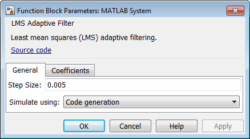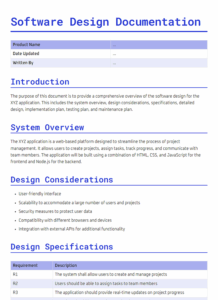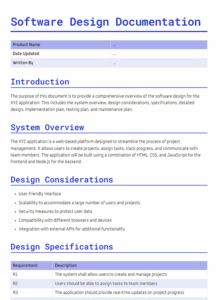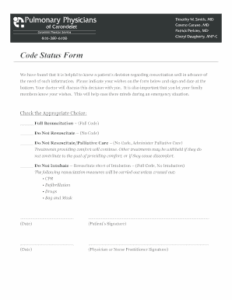Ever felt lost in the labyrinth of code, desperately searching for that one crucial piece of information about a specific software module? We’ve all been there. Navigating complex software projects can be a real challenge, especially when documentation is lacking or inconsistent. A well-structured software module documentation template can be your guiding star, helping you and your team understand, maintain, and extend your software with ease.
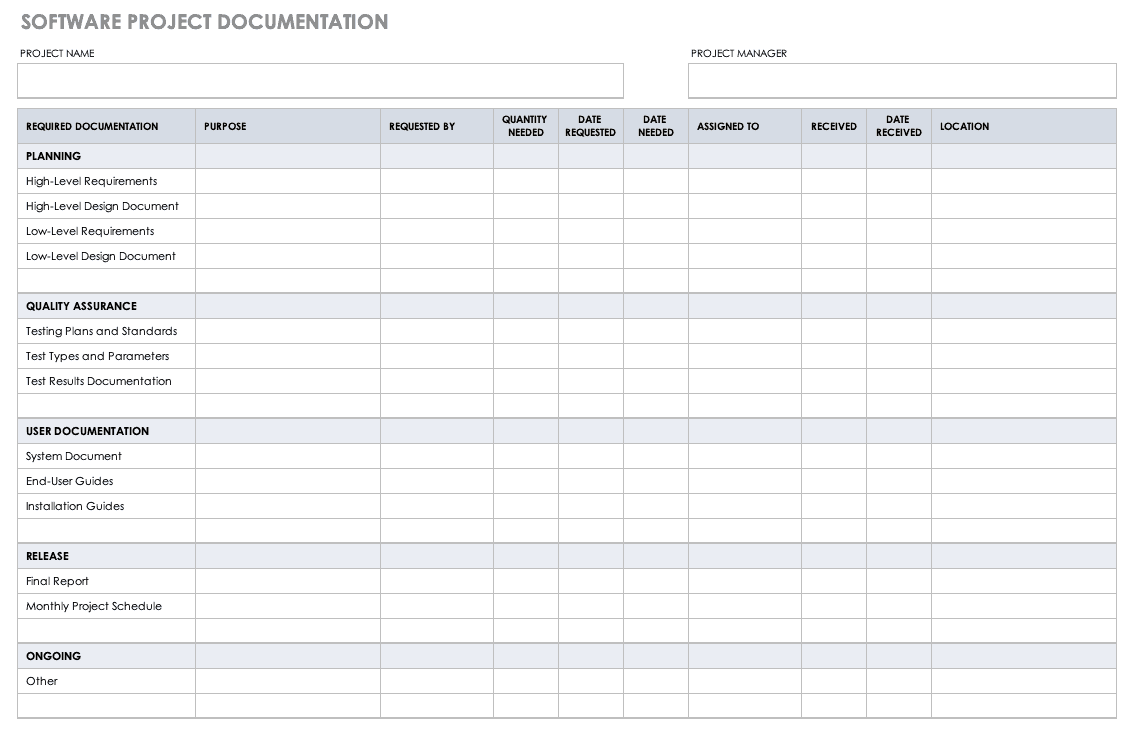
Think of it as a detailed roadmap for each component of your software. It’s not just about writing code; it’s about explaining the ‘why’ behind the code, the inputs it expects, the outputs it produces, and any potential pitfalls along the way. Without clear documentation, even the most brilliant code can become a black box, impenetrable to anyone but its original author. This leads to wasted time, increased errors, and ultimately, a less efficient development process.
This article explores the importance of a software module documentation template, outlining its key components and providing practical advice on how to create effective and maintainable documentation. We will delve into what to include, how to organize it, and why it’s so vital for successful software development. So, let’s get started on building a foundation for better understanding and collaboration within your software projects.
Why a Robust Software Module Documentation Template is Essential
A well-defined software module documentation template is far more than just a nice-to-have; it’s a critical component of any successful software project. It serves as the single source of truth for understanding the purpose, functionality, and usage of each individual module within your system. Imagine trying to assemble a complex piece of machinery without any instructions. That’s essentially what it’s like working with undocumented code. It’s frustrating, time-consuming, and prone to errors.
By having a consistent and comprehensive template, developers can quickly grasp the intricacies of a module without having to delve into the code itself. This is particularly important when onboarding new team members, debugging existing code, or extending the functionality of a module. A clear and concise template allows anyone to contribute effectively, regardless of their familiarity with the specific code. The impact reaches across the entire software development lifecycle.
Furthermore, proper documentation facilitates collaboration among developers. When everyone understands the purpose and function of each module, it’s easier to integrate different parts of the system seamlessly. It also reduces the risk of introducing bugs due to misunderstandings or conflicting assumptions. A standardized template ensures that all modules are documented in the same way, making it easier to compare and contrast different components.
Beyond the immediate benefits of improved understanding and collaboration, a software module documentation template also contributes to the long-term maintainability of the software. As software evolves and changes over time, it’s crucial to have accurate and up-to-date documentation to guide future development efforts. Without it, the code can become difficult to understand and modify, leading to technical debt and increased maintenance costs. The initial effort of creating the documentation template is far outweighed by the advantages it provides over the lifespan of the software.
Finally, consider the perspective of users or external developers who may need to interact with your software. Having well-documented modules can significantly simplify the integration process and encourage wider adoption of your software. Clear and accessible documentation reduces the learning curve and allows others to easily leverage your software’s capabilities. Ultimately, a good software module documentation template is an investment in the success and longevity of your software project.
Key Elements of an Effective Documentation Template
Creating an effective software module documentation template involves careful consideration of what information to include and how to organize it in a clear and accessible manner. The goal is to create a resource that is both comprehensive and easy to use, providing developers with the information they need to understand and work with the module efficiently. So, what exactly should go into a good documentation template?
First and foremost, the template should include a clear and concise description of the module’s purpose. This should explain what the module is designed to do, what problem it solves, and its role within the overall system. Think of it as an executive summary for the module. It provides a high-level overview that helps developers quickly understand the module’s context and its relevance to their work.
Next, the template should outline the module’s inputs and outputs. This includes specifying the data that the module expects to receive, the format of that data, and the data that the module produces as a result of its processing. Clearly defining the inputs and outputs is essential for understanding how to interact with the module and how to integrate it with other components of the system. Be specific about data types, units of measure, and any other relevant details.
The template should also include detailed information about the module’s functionality. This can be broken down into smaller sections, each describing a specific feature or function of the module. For each function, the documentation should explain what it does, how it works, and any relevant parameters or return values. Code examples are often helpful in illustrating how to use the function.
Finally, a well-designed template will include information about error handling and potential issues. This should describe any error conditions that the module may encounter, how it handles those errors, and what steps users can take to resolve them. It should also include any known limitations or potential problems with the module. By proactively addressing potential issues, you can help users avoid common pitfalls and troubleshoot problems more effectively. In essence, the template should be a one stop shop for all the information a developer needs to be productive and successful with the software module. Thinking about the structure and content from that perspective will result in useful and valuable module documentation.
In conclusion, the effort invested in creating a comprehensive software module documentation template yields dividends in enhanced understanding, improved collaboration, and long-term maintainability. It streamlines the development process, reduces errors, and empowers teams to build more robust and reliable software. By adopting a standardized approach to documentation, you create a valuable resource that benefits the entire organization.
Ultimately, the goal is to foster a culture of clear communication and knowledge sharing within the software development team. A well-documented system is a testament to the dedication and professionalism of the developers involved, and it lays the foundation for future success. Taking the time to document our work benefits not only ourselves but also future generations of developers who will inherit and maintain the systems we create.
